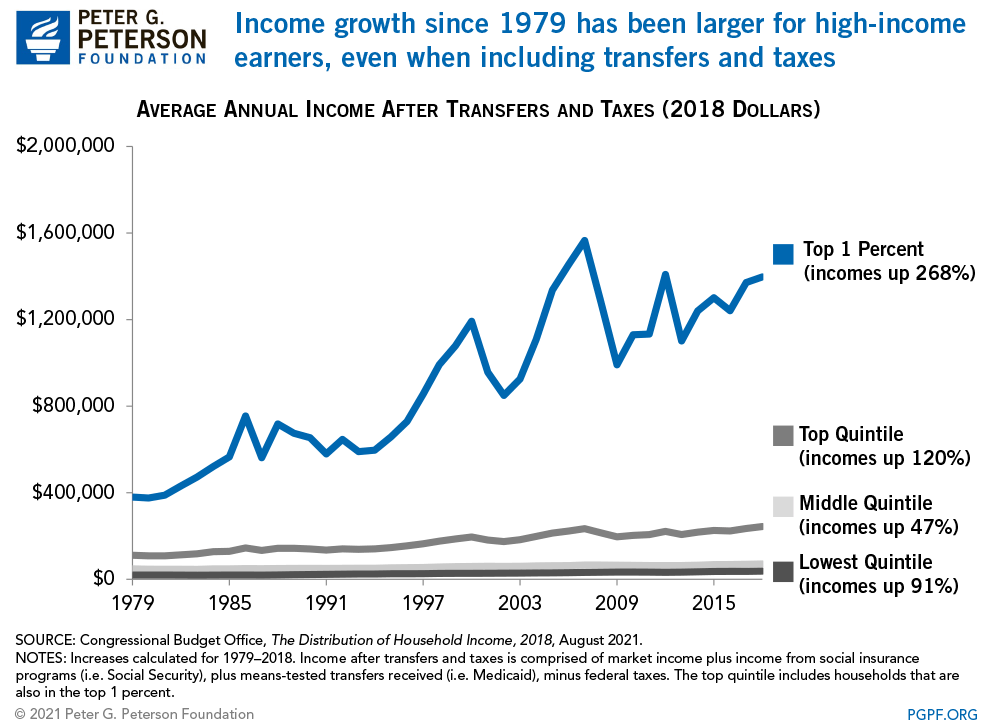
Trends in Income Growth, After Transfers and Taxes
Income growth since 1979 is larger for high-income earners, even when including transfers and taxes.
https://www.pgpf.org/chart-archive/0059_income-growth-disparity
The search found 146 results in 0.211 seconds.

Income growth since 1979 is larger for high-income earners, even when including transfers and taxes.
https://www.pgpf.org/chart-archive/0059_income-growth-disparity
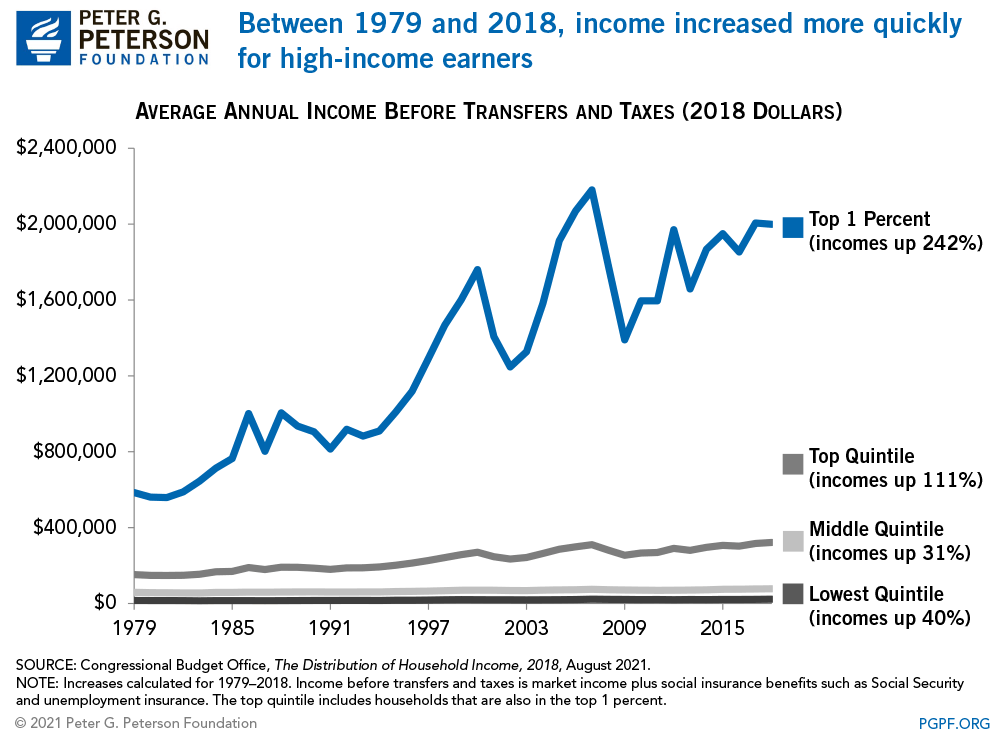
Between 1979 and 2016, income increased more quickly for high-income earners.
https://www.pgpf.org/chart-archive/0060_income-disparity-before-transfers-taxes
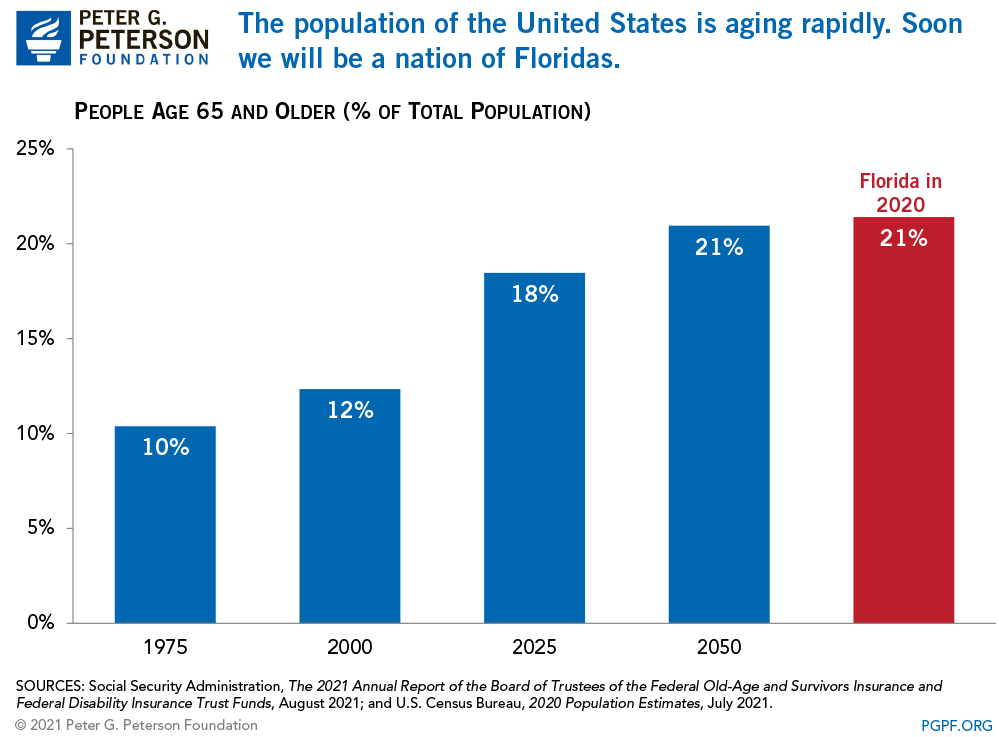
The population of the United States is aging rapidly. Soon we will be a nation of Floridas.
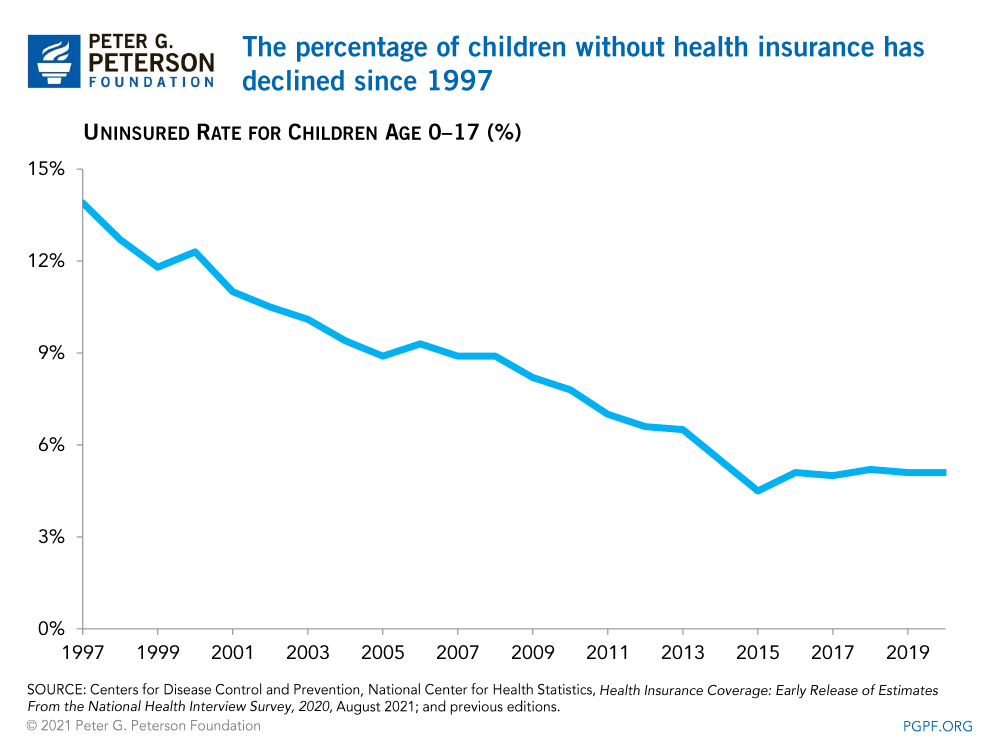
The percentage of children without health insurance has declined since 1997.
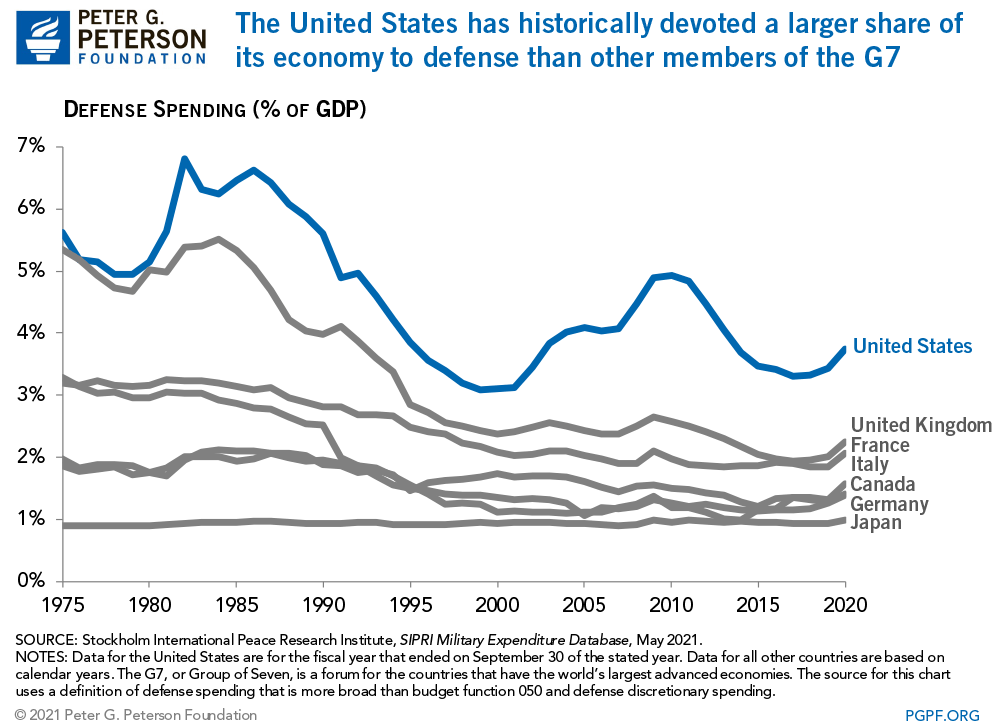
The U.S. has historically devoted a larger share of its economy to defense than other members of the G-7.
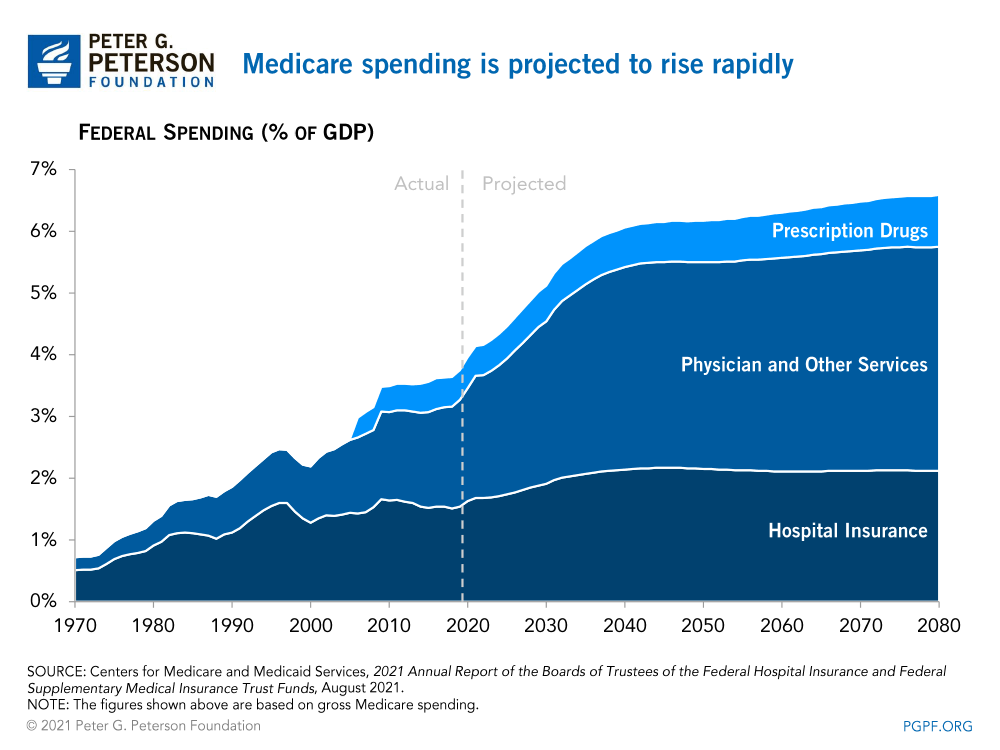
Medicare spending is projected to rise rapidly.
https://www.pgpf.org/chart-archive/0276_medicare_spending_long-term
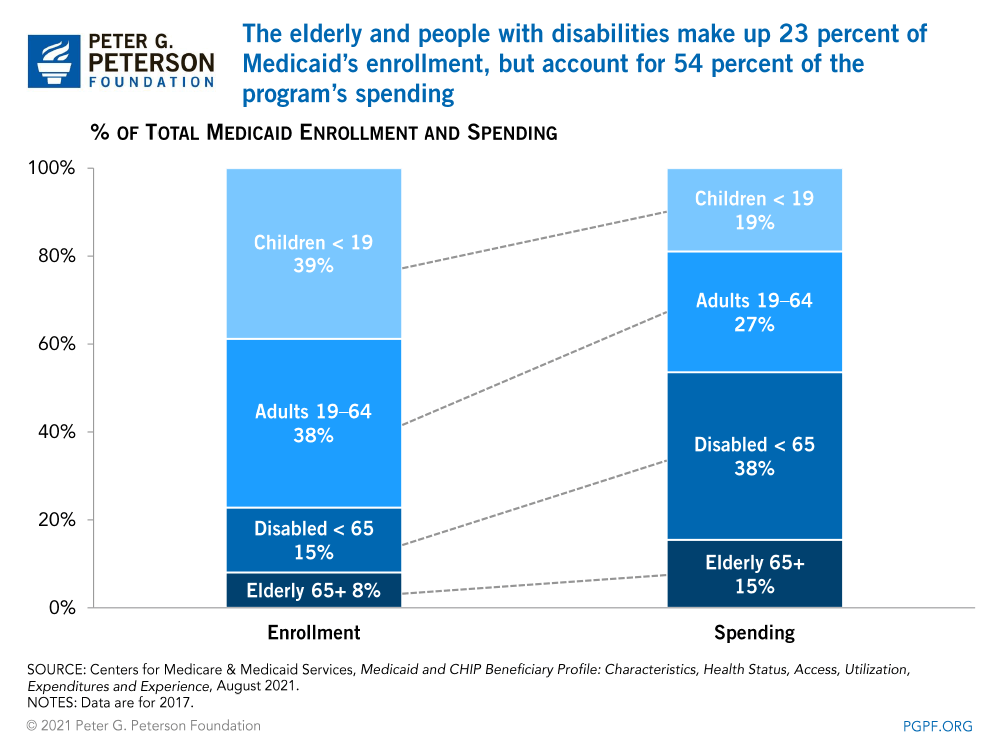
Medicaid provides health insurance to low-income Americans. Children make up nearly half of the program’s enrollment, but most spending is directed towards the elderly and disabled.
https://www.pgpf.org/chart-archive/0093_medicaid_demographics
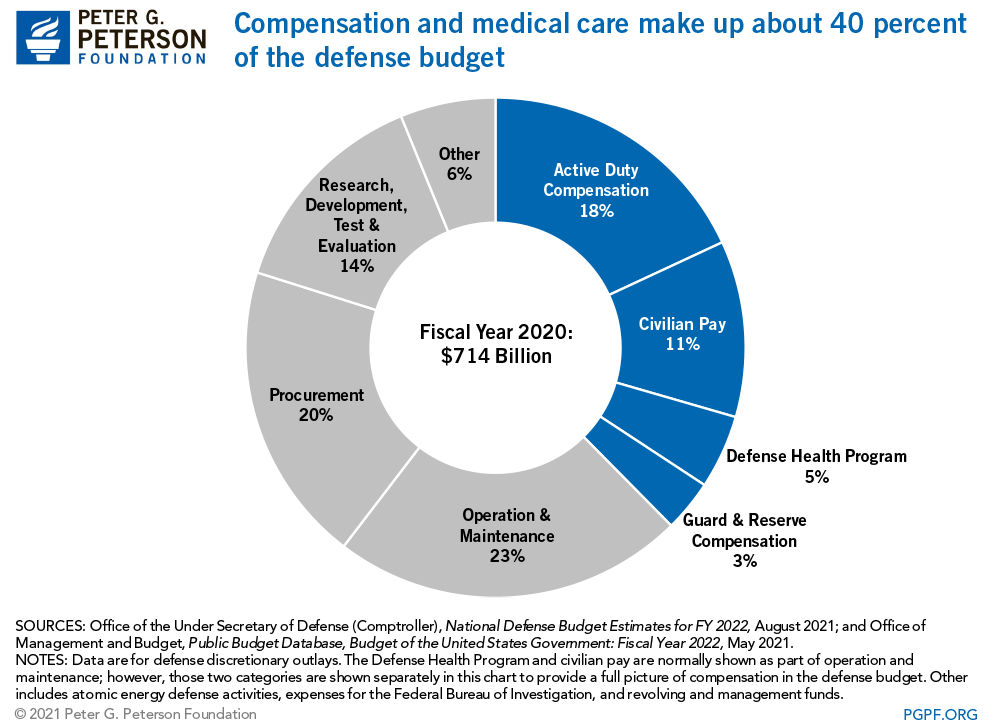
Compensation and medical care make up about 40 percent of the defense budget.
https://www.pgpf.org/chart-archive/0216_compensation_defense_budget
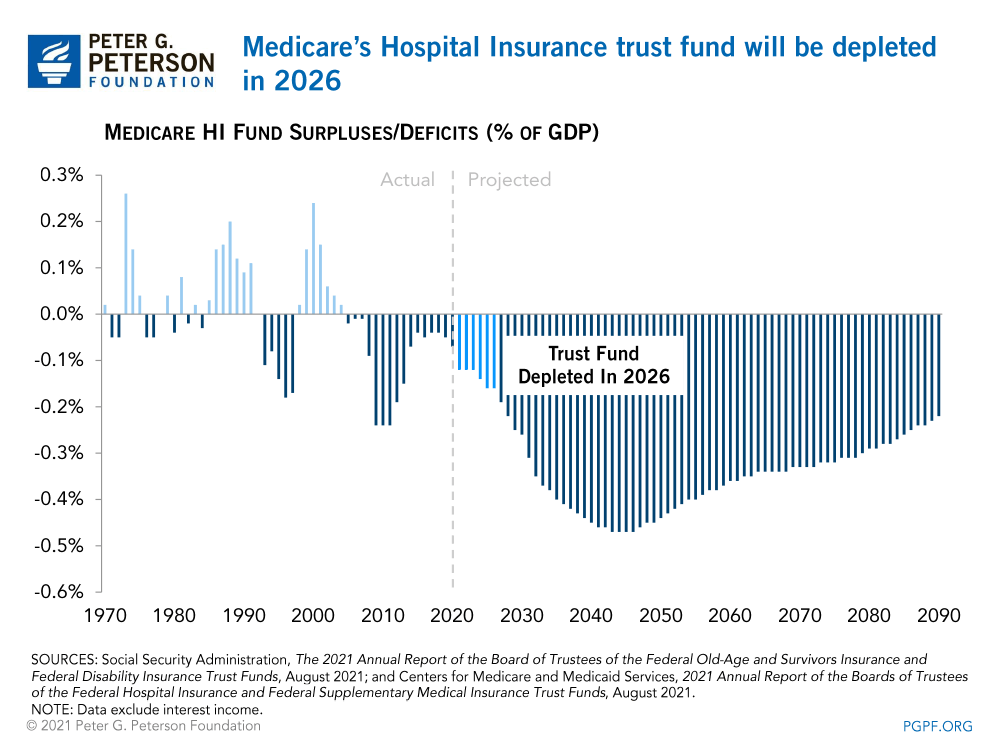
Medicare's Hospital Insurance trust fund will be depleted in 2026.
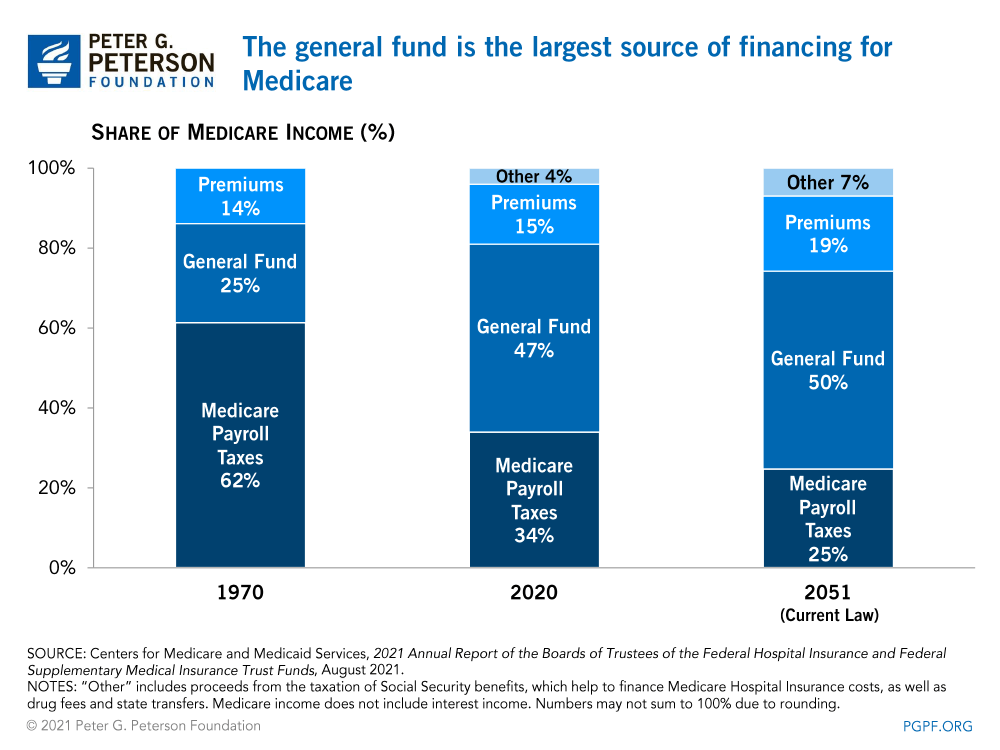
General revenue — not the Medicare payroll tax — is now the largest source of Medicare’s financing.